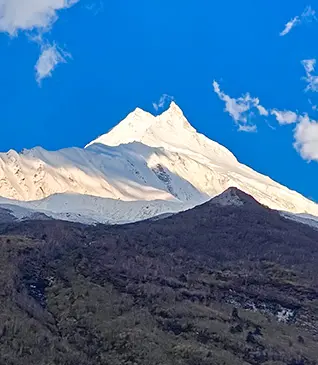We are talking about a trek that is as beautiful as the Himalayas can be, and as rooted and connected in mythology as one can see and feel while witnessing the living history of our legends. We are talking about the trek every trekker wants to visit, and those who have done it cannot stop thinking about it. We are talking about the mighty Har Ki Dun Trek.
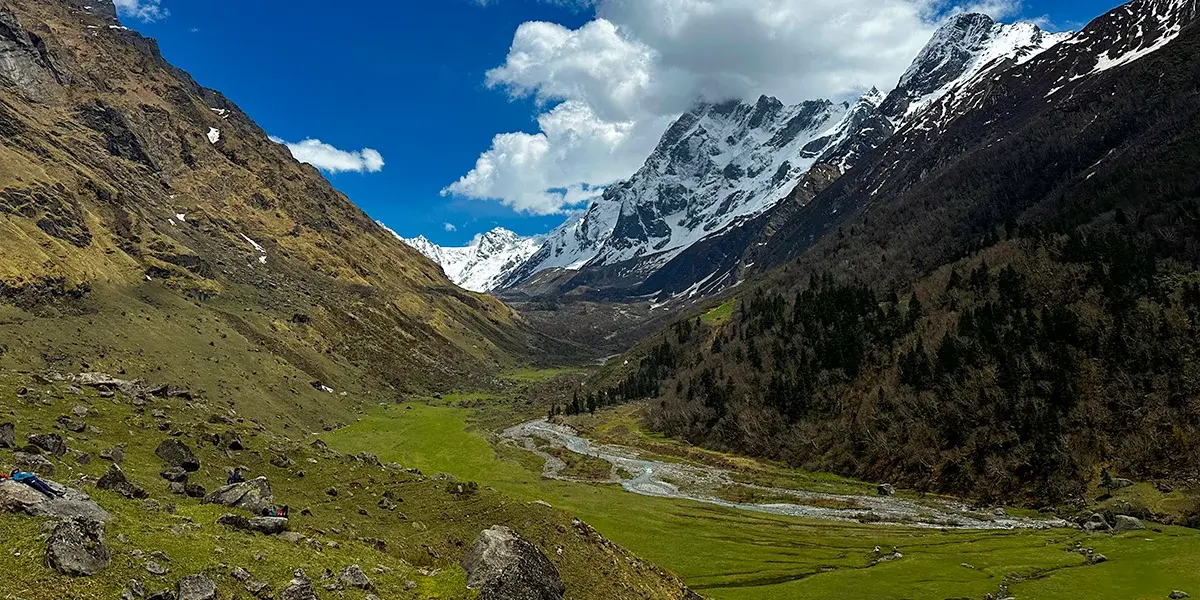
Har Ki Dun Trek: Where Mythology Meets Himalayan Beauty
It is said that in Har Ki Dun, the Pandavas took their way towards Heaven. According to the Indian epic Mahabharata, the Pandavas had traveled this valley to heaven. This has made many residents think that the valley is holy. The region holds a spiritual energy, and the land itself feels sacred. The connection of Mahabharata is also seen in the structure of villages here.
There is also a temple dedicated to the worship of Duryodhana, the eldest of the Kauravas, in the Osla village. It is said that Duryodhana was once the protector of this village. He protected the village and looked after the people of it, due to which locals of Osla used to worship him as a deity. To honor him, the temple was dedicated to him. Now the temple is dedicated to Lord Shiva and known and named as Someshwar Temple.
Why Har Ki Dun is Called the Valley of Gods
The valley is very rooted with mythology. By its connection with Epics of Mahabharata, divine feel and energies, the trek is also named as the Valley of God!
Har Ki Dun means a valley of the gods and one can tell why. The people of the area think that the valley is blessed and it has the divine power of the gods. Villages such as Osla and Sankri still have temples constructed in traditional wooden structures, and the culture and rituals are grounded on mythology. The traditions of the centuries are preserved with the help of stories told by villagers about the divine beings and their relation to the valley. Not just mythology, the Har Ki Dun with its natural beauty tends to give a spiritual touch to those who have been on a trekking trip, as though the valley had a breath of God. This is complemented by the harmony of high mountains, flowing rivers and silence and essence of the sacred energies. It is like walking in a land where gods and nature intermingle and intertwine so well with each other.
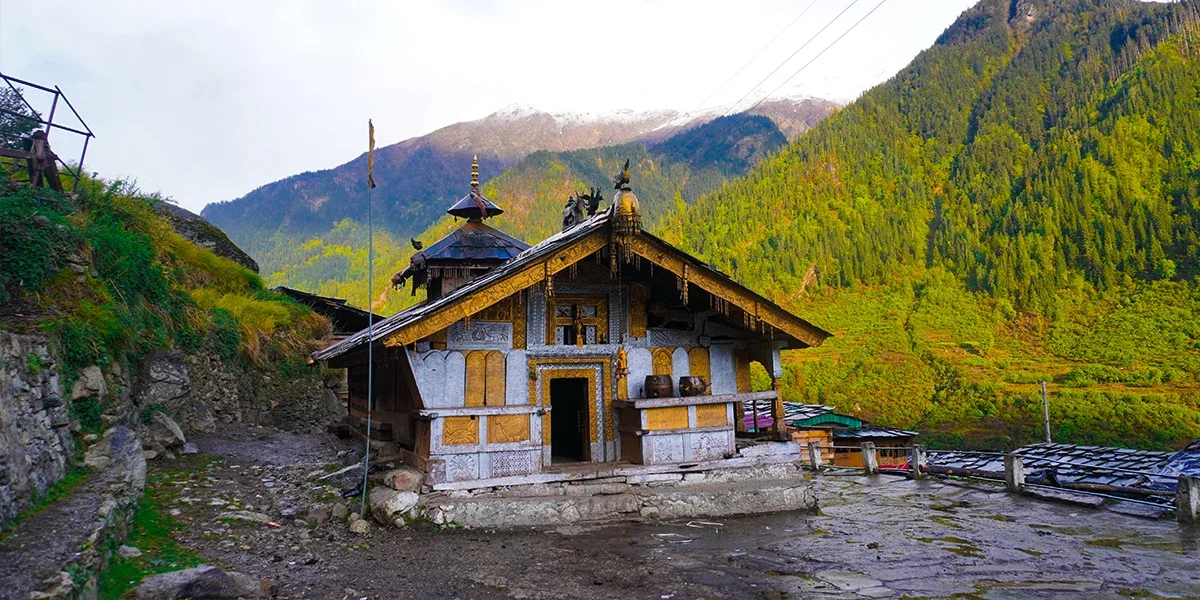
How to Reach Har Ki Dun
The beautiful place called Sankri is the first location of your Har Ki Dun trek journey. From here the trek begins and takes you towards the valley. From Sankri, trekkers move towards Dharkot, Osla village, Sumatra, and then Har Ki Dun Valley.
The entire route is full of beauty, river, nature, temples and divine energies. Unlike many treks, this trek is not only about reaching the final destination. In every step you will hold yourself, pause for minutes and enjoy all the beauty it shows.
If you are opting for air travel, the nearest airport is Jolly Grant Airport in Dehradun.
By train, Dehradun is also the nearest railway station.
By road, buses and taxis are easily available .
Highlights of the Har Ki Dun Trek
Talking about the highlights of the trek is very difficult, because it is one of those treks that starts with full of beauty and till the end it will keep surprising you!
The trek has everything, mainly:
- Its Mythological connection with the Mhabharata and the stories connected to it.
- The Himalayas beauty it offers with oak, pine and rhododendrons.
- The Osla village is very famous for its Someshwar temple which was once dedicated to Duryodhana.
- Supin River is another highlight of this beautiful trek. While standing near Osla, you can look down in the valley where the supin flows gently.
- As surprising as this trek can be! Once you reach the Har Ki dun valley, you will find these mighty peaks. Bandarpoonch, Kala Nag (Black Peak) and Swargarohini I and II are very famous peaks you will get to see in this trek.
- The Jaundar glacier is yet another grand view you will get to see once you continue with the trek.
- There is also a small Mahadev Mandir, dedicated to Lord Shiva in the valley.
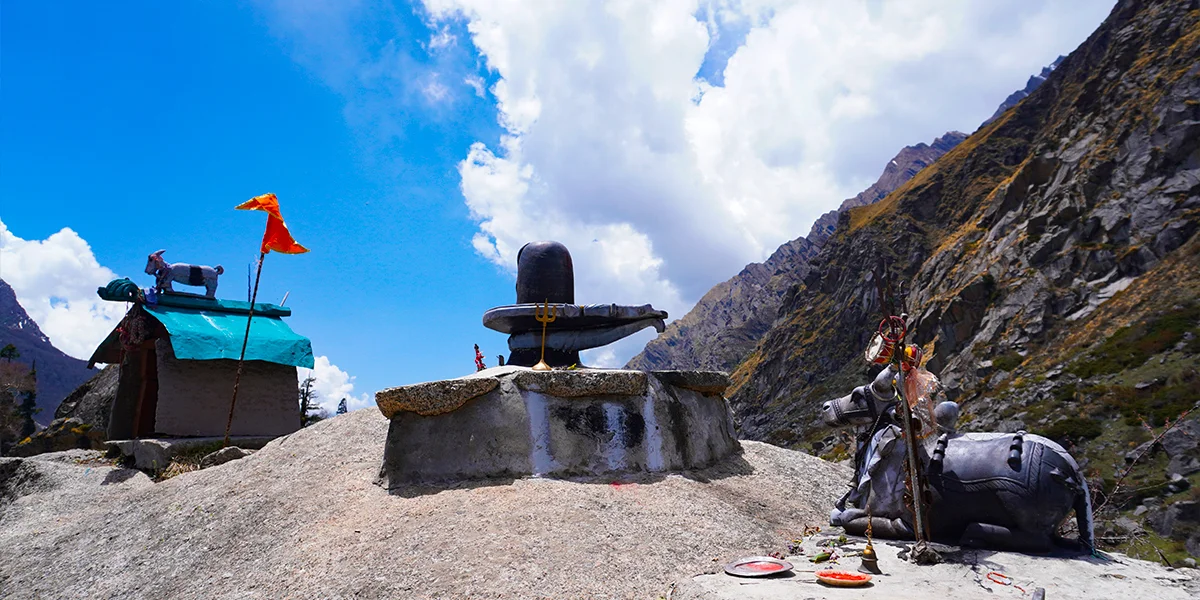
Day-by-Day Itinerary
Day 1: Dehradun to Sankri
Day 2: Sankri to Dharkot and trek to Osla Village
Day 3: Osla to Seematra
Day 4: Seematra to Har Ki Dun and Back to Seematra
Day 5: Seematra to Pauni Gharat
Day 6: Pauni Gharat to Dharkot and drive to Sankri
Day 7: Sankri To Dehradun
Best Time to Visit Har Ki Dun
The Har Ki Dun trek is best to do between April-June and September- November. The valley is green, the flowers are in full swing, and there are nice views of the mountains in the spring and summer. Following the monsoon, the sky is clearer, and you may walk through golden-brown forests and breathe pure mountain air. Winter will bring a new covering of snow. In every season you can experience the trek in its newest form.
Trek Difficulty and Fitness Tips
The Har Ki Dun trek is an excellent trek that can be taken both by novices and experienced trekking enthusiasts since the level of difficulty is between easy and moderate. It is a long trail but not that steep and the day-by-day well made itineraries allows your body to adapt to the altitude. Any person with a decent level of fitness and who likes to walk in the mountains comfortably manages this trek with proper preparation.
Wildlife and Nature You’ll Encounter
Har Ki Dun lies in the Govind Wildlife Sanctuary which makes the valley very rich in biodiversity. While trekking, you’ll pass through pine, oak, and rhododendron forests, alpine meadows, and river valleys. The sanctuary is home to several fascinating species, you can spot on the way of your trek. The trek is also known for birdwatchers, where they can find different himalayan birds and click wonderful photos.
Apart from wildlife, you can also see the mighty peaks like Swargarohini, Bandarpoonch, and Black Peak. These are very known peaks of Himalayas, and many trekkers specially choose this for them.
Safety and Precautions for Har Ki Dun Trek
One of the most important features of any adventure in the Himalayas is safety. Although the Har Ki Dun Trek is rated as moderate and easy to do, the trekkers should be properly prepared. Bring basic trekking equipment like waterproof shoes, clothing in layers and a good quality backpack. The most important thing to prevent altitude sickness is acclimatization, and you need to pay close attention to the instructions given to you by your trek leader. Never get dehydrated and never hurry up a steep climb. Winter hikers must be particularly watchful of slippery snow trails and must use gaiters or microspikes where necessary.
Bring a personal first aid kit with simple medicines, however, you have to count on your trek operator to provide first aid. The Himalayas weather is very unpredictable and one should carry a poncho or rain cover wherever they go. There is also a need to respect the local culture and not litter in the valley. Responsible trekking not only keeps you safe but also keeps this clean environment unpolluted so that your future generation may enjoy this beautiful environment. Trek the Himalayas offers the best trekking experience with top-notch safety measures, ensuring both adventure and peace of mind.
What Makes Har Ki Dun Special?
As we have seen, the beauty of Har Ki Dun, mythology connection, stories from epic Mahabharta, villages that tell the stories of every temple, and the peaks that are the charm of the Himalayas. It is like walking through history and mythology while being surrounded by some of the most beautiful scenery the Himalayas have to offer. All the beauty of Har Ki dun trek makes it very special for every trekker.
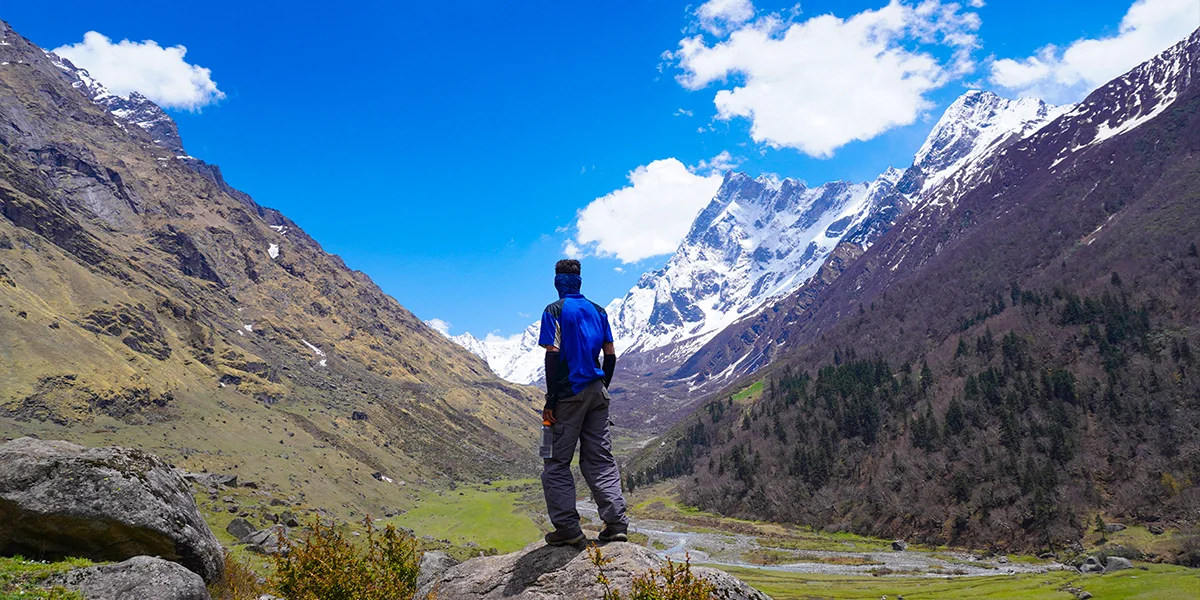
Essential Tips Before You Go
To make the most of your Har Ki Dun trek, keep these tips in mind:
- Carry proper trekking shoes with good grip.
- Always pack in layers, because temperatures can vary drastically.
- Carry a raincoat or poncho, as weather is unpredictable.
- Respect local traditions and avoid disturbing village customs.
- Stay hydrated and pace yourself to avoid exhaustion.
- Always trek with a guide or reputed trekking group for safety.
A Trek of a Lifetime
Like many treks, Har Ki Dun has lovely views, rivers, and peaceful moments. Old stories make you wonder and feel so connected with your epic histories. This is a trek every trekker deserves to do. This is a once in a lifetime trek, and one should never miss it.
FAQs
- Where is Har Ki Dun Trek Located?
- Best Time for Har Ki Dun Trek
- April–June: Colorful meadows and rhododendrons.
- Sept–Nov: Clear skies and stunning snow peaks.
- Dec–Feb: Snow trek, but tougher.
- July–Aug: Avoid due to rains and landslides.
- Is Har Ki Dun Trek Good for Beginners?
- What to Pack for Har Ki Dun Trek?
- Clothes: Warm layers, trek pants, gloves, rain gear.
- Shoes: Sturdy trekking shoes + woolen socks.
- Gear: Backpack, poles, torch, sunglasses.
- Essentials: First-aid, sunscreen, ID, energy snacks.
- Why is it Called the Valley of Gods?
Har Ki Dun lies in the Garhwal Himalayas of Uttarakhand, inside Govind Pashu Vihar National Park. At about 12,000 ft, it is accessible from Sankri village in Uttarkashi. The trail passes through Taluka, Osla, and Seema, with views of Swargarohini, Black Peak, and Bandarpoonch.
Yes. It’s an easy to moderate trek, spread over 6–7 days with gradual climbs (6–10 km daily). With basic fitness and preparation, even first-timers can enjoy it.
Linked to the Mahabharata, legends say the Pandavas took this route to heaven. Villages like Osla have ancient temples, adding to its spiritual aura. Its untouched beauty and mythology give Har Ki Dun its sacred charm.
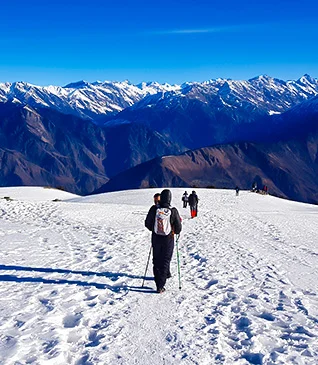
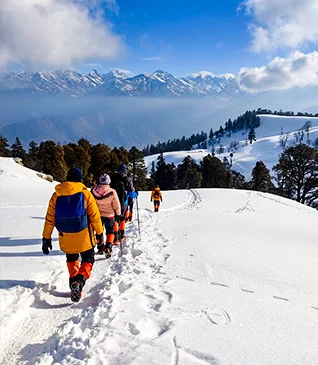
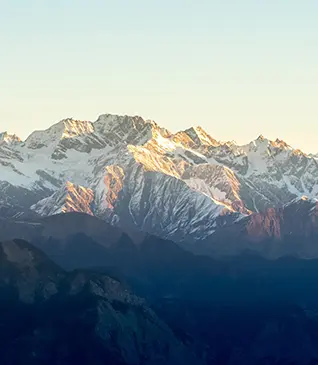
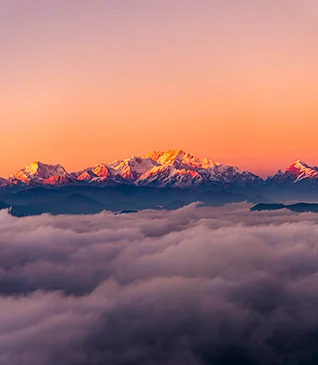

.webp)
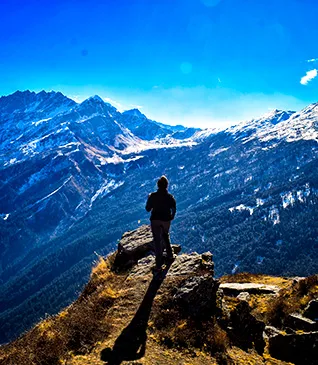
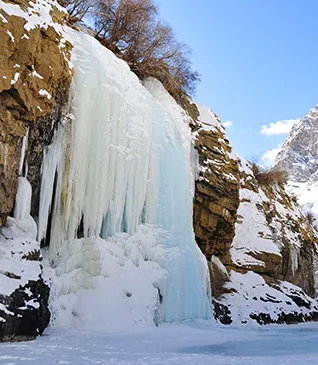
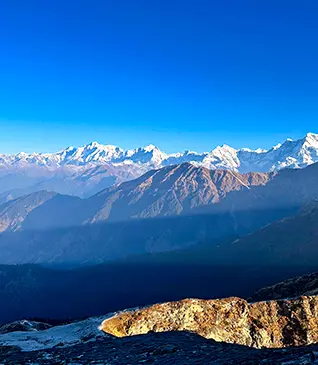

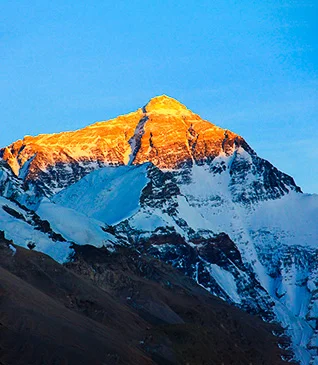
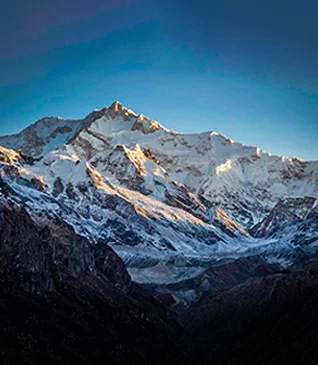
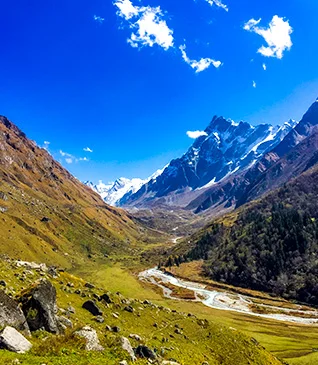
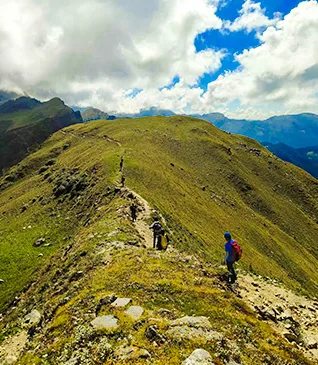
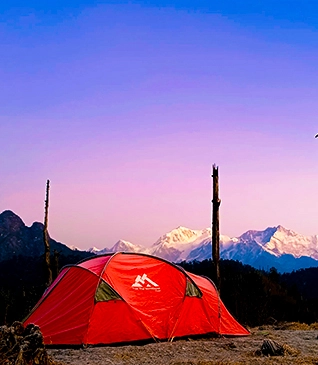
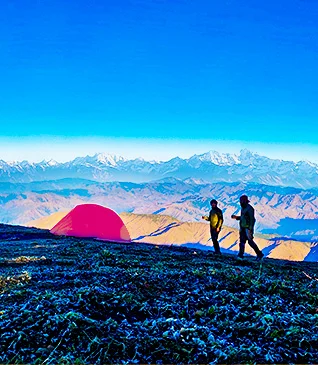
.webp)
